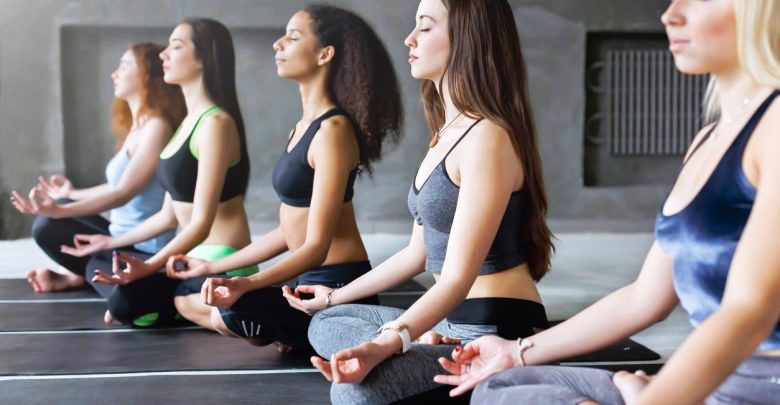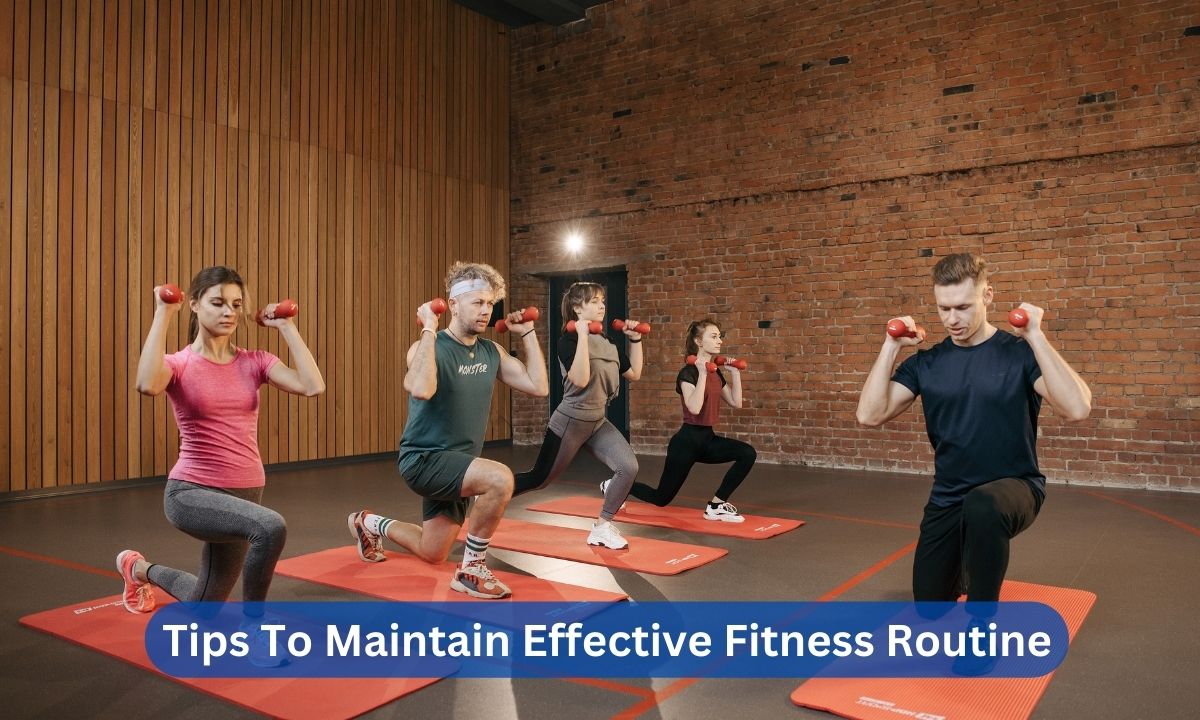 A downward dog or sun salutation may do more for you than keep you fit, it may reduce blood pressure. Yoga is becoming more than a way to exercise and find your inner zen. A systematic review of all published work on yoga and hypertension culled through 120 studies involving 6693 subjects (Alternative Therapies in Health Medicine, Vol. 20, No. 10). Most of the studies reported that yoga effectively reduced blood pressure in individuals who had no blood pressure problems and those who were hypertensive.
A downward dog or sun salutation may do more for you than keep you fit, it may reduce blood pressure. Yoga is becoming more than a way to exercise and find your inner zen. A systematic review of all published work on yoga and hypertension culled through 120 studies involving 6693 subjects (Alternative Therapies in Health Medicine, Vol. 20, No. 10). Most of the studies reported that yoga effectively reduced blood pressure in individuals who had no blood pressure problems and those who were hypertensive.
Each time you invest time in a few minutes of yoga, the practice not only reduces stress, it also increases what is called parasympathetic activation. The parasympathetic system is responsible for decreasing heart rate, blood pressure and body temperature. It also regulates functions like digestion, insulin activity, resistance to infection, circulation and endorphins (the positive emotions).
This study is significant because high blood pressure affects 1 billion people worldwide, though a large percentage never realize they have hypertension. Hypertension, defined as a persistently high blood pressure with systolic blood pressure of ≥ 140 and diastolic blood pressure (DBP) ≥ 90, is a major public health issue that affects more than 1 billion people worldwide and accounts for 13% of deaths, 64 million disability-adjusted life years, and 7 million premature deaths per year. By the year 2025, approximately 1 in 3 adults aged over 20 years, or 1.56 billion people worldwide, will have hypertension.
Is one type of yoga more effective than others for reducing blood pressure? This particular research couldn’t make that conclusion. However, Yoga Journal magazine suggests specific poses to address blood pressure regulation, including the bridge pose, the reclining hero pose and (gasp) the corpse pose. Link here for the complete list of suggested poses.
In this study, the researchers called for future studies to explore whether specific types of yoga affect blood pressure. However, in the meantime, they say this study is conclusive enough that yoga should be recommended as an effective adjunct therapy for hypertension and should be a part of one’s health routine for heart health. So get out your yoga mat, breath deeply and strike a pose.



